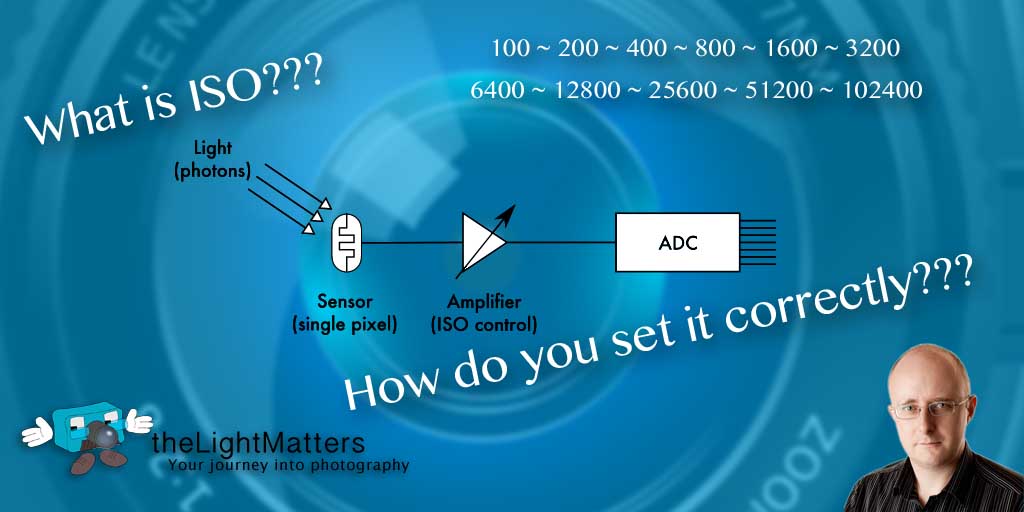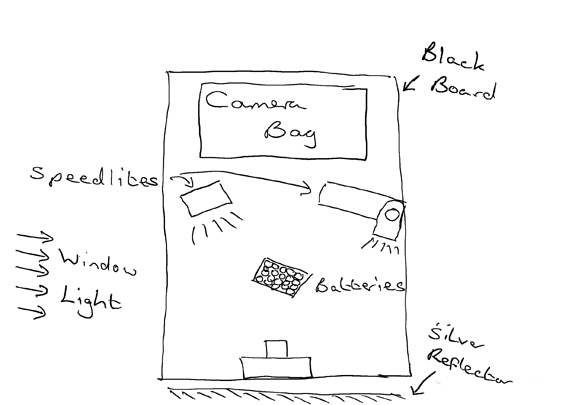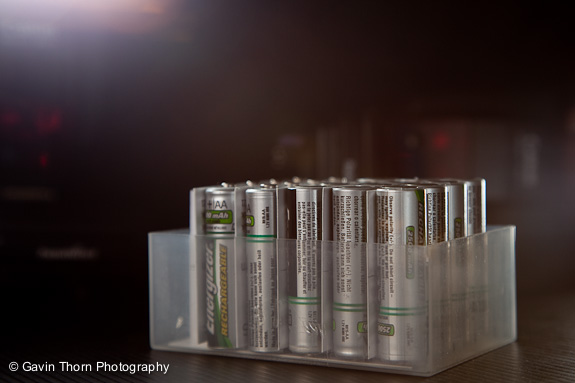
What is ISO on a camera?
ISO is a scale of numbers that refer to your camera’s sensitivy to light. They usually start at ISO100 and increase from there to ISO25600 and even higher. Following the megapixel wars of the Naughties, the leading camera manufacturers turned their attention to ISO. We’ve since seen some incredible advances in sensor technology with some cameras now able to record images in near total darkness.
The general rule of thumb for ISO is the higher the number, the more sensitive your camera is to light. Doubling the ISO doubles the sensitivity and increases the exposure by 1 stop but not without a cost. As the ISO increases so does the noise in the image. Set your ISO too high and you’ll either have to Continue reading What is ISO? How to set it correctly on your camera »





